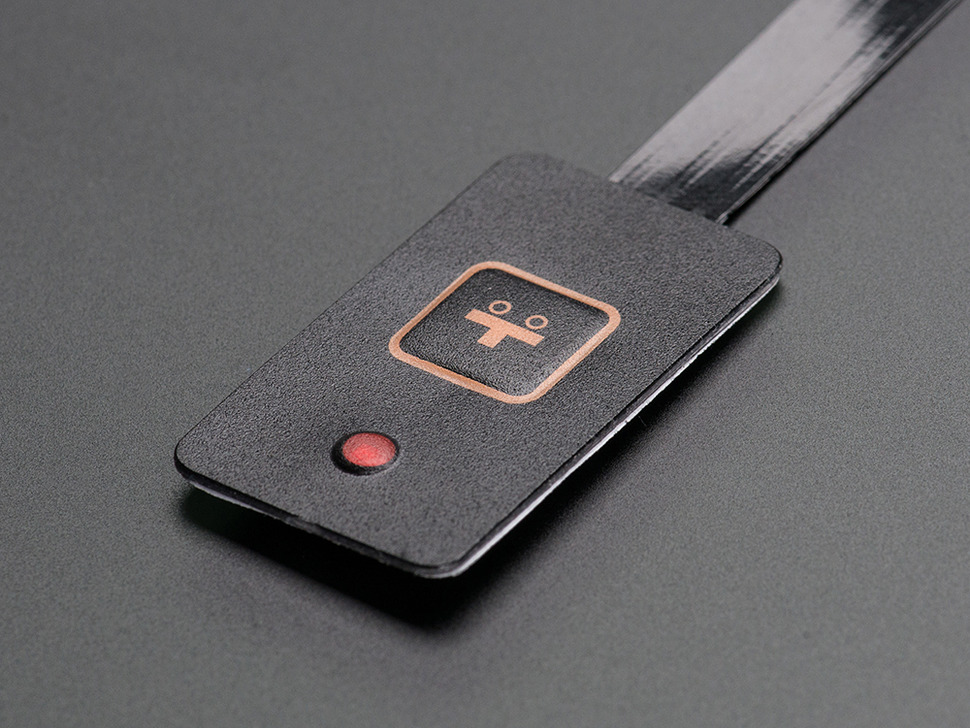How Membrane Switch Technology is Revolutionizing User Interfaces
How Membrane Switch Technology is Revolutionizing User Interfaces
Blog Article
Recognizing Membrane Layer Changes: The Key to Resilient and Trustworthy Controls

What Are Membrane Switches?
Membrane switches are an advanced option in the realm of individual interface modern technology, integrating performance and style effortlessly. These tools work as an interface between individuals and digital systems, incorporating a number of elements right into a small style. Normally constructed from adaptable, slim layers of materials, membrane switches are designed to react to touch, enabling customers to interact with machinery and digital devices efficiently.
The main aspects of a membrane button consist of a published circuit layer, visuals overlay, and a spacer layer that avoids unplanned activation. The graphic overlay can be tailored to reflect brand identification or user preferences, enhancing visual appeals while guaranteeing usability. Membrane buttons are typically used in various applications, consisting of clinical tools, customer electronic devices, and commercial devices, owing to their longevity and resistance to environmental factors such as wetness and dirt.
Among the essential benefits of membrane layer switches is their ability to hold up against damage, making them excellent for high-traffic settings. Additionally, they are light-weight and need very little space, permitting ingenious styles in product growth. In general, membrane switches over stand for a effective and practical selection for modern digital interfaces, weding modern technology with user-centric design concepts.
How Membrane Layer Switches Over Work
The operation of membrane layer changes joints on an easy yet effective mechanism that translates user input right into electronic signals. When an individual presses the button, the leading layer warps, enabling a conductive component in the circuit layer to make contact with a matching conductive pad on the underside of the visuals overlay.
The layout of membrane switches can vary, however they typically include domes or responsive components to provide comments to the user, improving the general experience - membrane switch. The materials used in membrane buttons, such as polyester or polycarbonate, add to their toughness and resistance to environmental elements, including wetness and dust. In addition, the published circuits are normally encapsulated, which shields them from damage over time.
Advantages of Membrane Switches

Furthermore, membrane switches are known for their resilience. Built from durable products, they are immune to dirt, wetness, and physical wear, which substantially expands their life-span contrasted to traditional mechanical buttons. This durability makes them particularly suitable for high-traffic settings and applications requiring long life.
An additional considerable advantage is the convenience of cleaning and maintenance. The smooth surface of membrane layer changes lessens dirt build-up and is usually unsusceptible spills, making them ideal for setups that call for regular sanitization.
In addition, membrane layer switches provide a streamlined account, bring about a thinner style that can be incorporated into different tools without adding mass. This function not just enhances the visual charm but additionally contributes to an extra ergonomic product layout.
Applications of Membrane Layer Buttons
User-friendly and flexible, membrane buttons discover applications throughout a vast array of sectors, including clinical devices, customer electronics, and industrial devices. In the medical field, these buttons are essential to devices such as analysis tools, person tracking systems, and infusion pumps, where reliability and ease of cleansing are essential. Their ability to preserve and hold up against severe settings capability makes them perfect for such applications.

In consumer electronic devices, membrane switches are used in products like microwaves, washing equipments, and find out push-button controls - membrane switch. Their streamlined layout permits for intuitive interface, improving the overall individual experience while providing toughness and resistance to tear and use
Commercial devices also gains from membrane buttons, specifically in control panels for equipment and automation systems. These switches use security versus dust and moisture, making certain consistent performance in challenging atmospheres. Their customizable attributes enable producers to customize them to particular operational requirements, improving performance and performance.
Selecting the Right Membrane Layer Switch
When selecting a membrane button, it is our website important to consider different elements that affect performance and viability for details applications. The primary factors to consider consist of ecological conditions, responsive responses, durability, and layout specs.
First, assess the operating environment; buttons revealed to moisture, chemicals, or severe temperature levels need certain materials to ensure durability and functionality. Next, examine the requirement for responsive comments. Depending upon individual interaction, some applications might benefit from a tactile feedback to confirm activation, while others might favor a non-tactile layout for visual reasons.
Toughness is an additional important factor; membrane switches should be developed to hold up against frequent usage, impacts, and abrasion. Make sure the picked switch can endure the anticipated lifecycle, especially in high-usage circumstances.

Verdict
In conclusion, membrane changes serve as important parts in the layout of resilient and reliable control systems throughout numerous industries. The flexibility of membrane layer switches over permits for tailored services that meet certain functional demands, reinforcing their importance in contemporary innovation.
Membrane layer switches over represent a vital aspect of contemporary user interface style, mixing capability with durability in numerous applications.Membrane layer buttons are a sophisticated service in the realm of individual interface innovation, incorporating functionality and design perfectly. Usually built from versatile, slim layers of materials, membrane switches are designed to respond to touch, allowing individuals to engage with machinery and electronic devices successfully.
The layout of membrane layer buttons can vary, but hop over to here they frequently incorporate domes or responsive components to offer comments to the user, enhancing the total experience.In verdict, membrane layer switches serve as essential components in the design of reliable and sturdy control systems throughout different industries.
Report this page